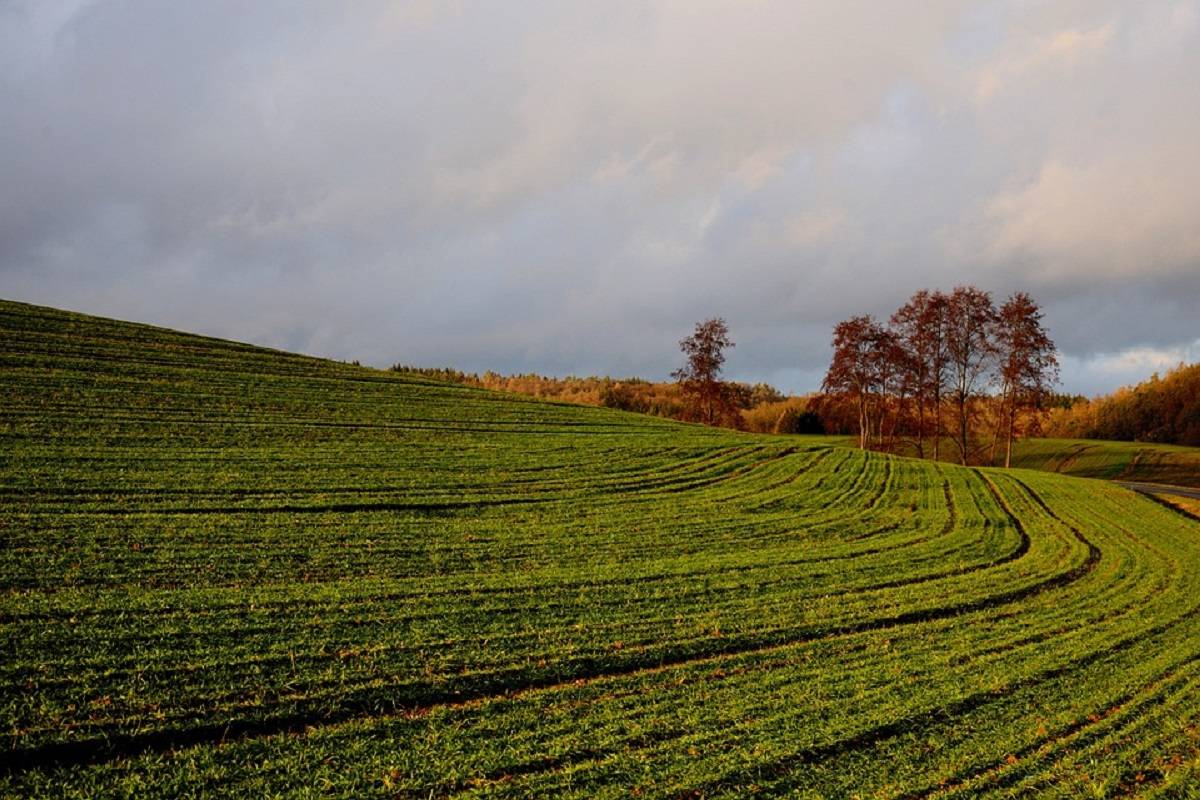
According to government figures for 2022-23, there has been a notable milestone achieved in India's agricultural landscape. For the first time, over 50% of the country's cultivated area now enjoys secured irrigation access. As per the latest data provided by Niti Aayog, the state-run think tank, irrigation coverage in India witnessed a significant rise in the 2022-23 period. Out of the country's total gross sown area of 141 million hectares, approximately 73 million hectares, or 52%, had access to irrigation facilities. This represents a noteworthy increase from the 41% coverage recorded in 2016.
Experts and analysts emphasize the importance of expanding irrigation coverage, especially in arid agricultural regions such as Telangana and Andhra Pradesh. Doing so could mitigate the escalating impacts of drier summers and unpredictable monsoon seasons, which are intricately linked to the ongoing climate crisis.
Agricultural activities account for approximately 80% of the country's total water consumption, amounting to 700 billion cubic meters per year. The crucial June-September monsoon season continues to play a vital role in irrigating a significant portion of the Kharif, or summer-sown, crops. This dependence on monsoons remains critical for sustaining the agricultural sector, which is integral to India's position as the world's fifth-largest economy.
Insufficient monsoon rainfall adversely impacts farm income, leading to wide-ranging repercussions throughout the economy, as rural demand plays a crucial role in driving the country's economic growth. For instance, rural customers contribute nearly half of all two-wheeler purchases in a given year.
According to experts, the phenomenon of global warming has disrupted the rain-bearing system, resulting in increased irregularity. This manifests as excessive rainfall within a short span of insufficient rainfall altogether.
In the fiscal year 2018-19, a micro-irrigation fund (MIF) was established through a partnership between the National Bank for Agriculture and Rural Development (NABARD) and the government. The MIF was created with a corpus of Rs 5,000 crore to aid states in resource mobilization for micro-irrigation initiatives. As part of this initiative, the central government has provided states with substantial assistance amounting to Rs 12,696 crore from the fund. By the end of the fiscal year, states have already utilized Rs 11,845 crore for the implementation of micro-irrigation projects.
The expansion of irrigation coverage in the year 2017-18 can be attributed to six prominent programs and projects. These initiatives include the Pradhan Mantri Krishi Sinchai Yojana (PMKSY) and the Accelerated Irrigation Benefit Programme (AIBP), which received a release of ₹11,505 crore between 2017-18 and 2021-23. Additionally, the Har Khet Ko Paani-Surface Minor Irrigation project was allocated ₹4,000 crores, while the PMKSY-groundwater projects received ₹787 crores. Other notable contributions included a special package of ₹1,988 crores for Maharashtra, investments of ₹300 crores in the Rajasthan and Srihind feeder project, and ₹298 crores for the Shahpur-Kandi project.
Under the PMKSY-AIBP, 21 priority irrigation projects were identified in Madhya Pradesh, with 17 of them successfully completed. This resulted in a significant improvement of 16% in the state's overall irrigation coverage.
As per a document from the Ministry of Jal Shakti, it has been estimated that approximately 60% of the arable land in the country has the potential for irrigation development. However, it should be noted that about 40% of the cultivable area will continue to rely on rainfall, as the establishment of irrigation networks is not feasible in certain regions due to hydrological and geographical constraints.
















